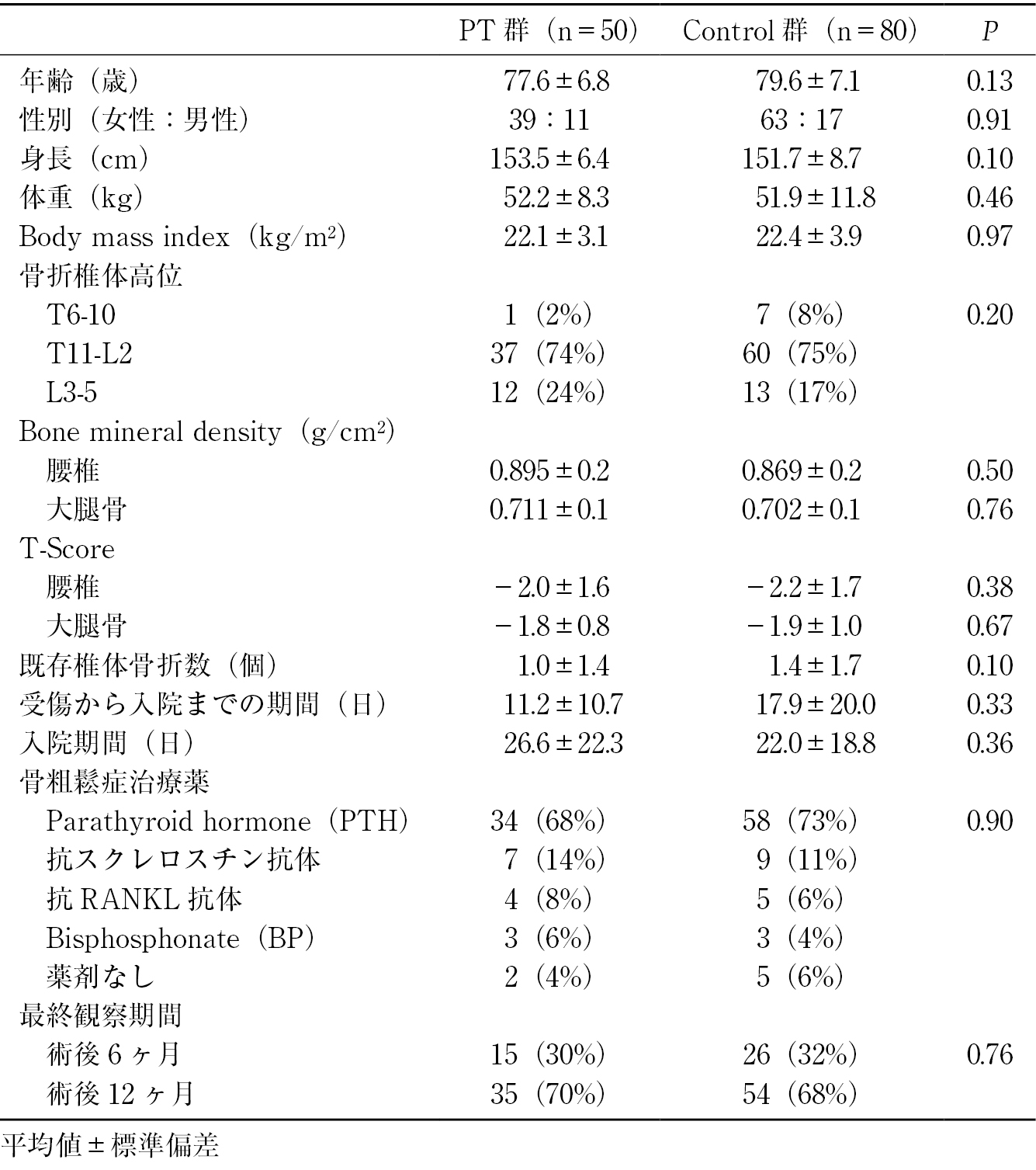- J-STAGE home
- /
- Journal of Spine Research
- /
- Volume 14 (2023) Issue 6
- /
- Article overview
-
Tomohiro Nakatani
Spine Care Center, Wakayama Medical University Kihoku Hospital
-
Masakazu Minetama
Spine Care Center, Wakayama Medical University Kihoku Hospital
-
Masatoshi Teraguchi
Spine Care Center, Wakayama Medical University Kihoku Hospital
-
Yoshio Enyo
Spine Care Center, Wakayama Medical University Kihoku Hospital
-
Takahiro Maeda
Spine Care Center, Wakayama Medical University Kihoku Hospital
-
Teiji Harada
Spine Care Center, Wakayama Medical University Kihoku Hospital
-
Hidenobu Tamai
Spine Care Center, Wakayama Medical University Kihoku Hospital
-
Masafumi Nakagawa
Spine Care Center, Wakayama Medical University Kihoku Hospital
-
Yoshio Yamamoto
Spine Care Center, Wakayama Medical University Kihoku Hospital
-
Sachika Matsuo
Spine Care Center, Wakayama Medical University Kihoku Hospital
-
Nana Sakon
Spine Care Center, Wakayama Medical University Kihoku Hospital
-
Ryota Nakagawa
Spine Care Center, Wakayama Medical University Kihoku Hospital
-
Wakana Nagata
Spine Care Center, Wakayama Medical University Kihoku Hospital
-
Tomoya Sakata
Kitaura Hospital
-
Seigo Kitaura
Kitaura Hospital
-
Yukihiro Nakagawa
Spine Care Center, Wakayama Medical University Kihoku Hospital
2023 Volume 14 Issue 6 Pages 915-922
- Published: June 20, 2023 Received: - Available on J-STAGE: June 20, 2023 Accepted: - Advance online publication: - Revised: -
(compatible with EndNote, Reference Manager, ProCite, RefWorks)
(compatible with BibDesk, LaTeX)


